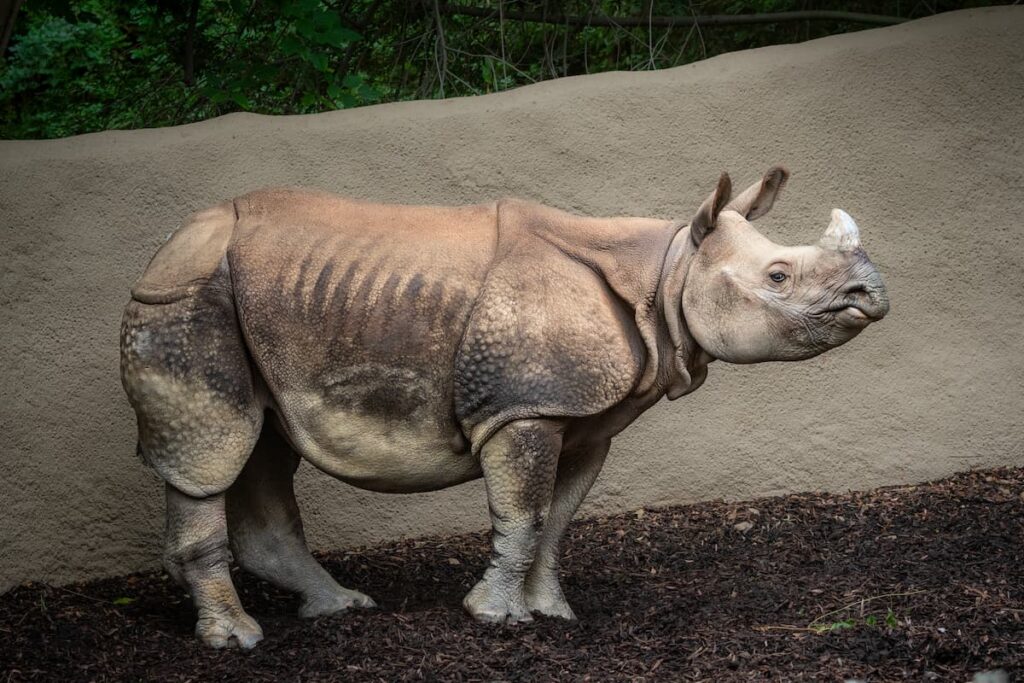
Guests Can View the Rhino On-Habitat Starting This Week
The Los Angeles Zoo is excited to announce the debut of Marshall, a four-year-old male greater one-horned rhinoceros (Rhinoceros unicornis).
Marshall arrived Saturday, Sept. 9 from Omaha’s Henry Doorly Zoo & Aquarium in Nebraska and spent the last month in quarantine, which is a requirement for all new animals at the Zoo and helps veterinarians and animal care staff monitor his behavior and health to make sure that he is acclimated to his habitat and animal care team before making his official debut. Weather permitting, Zoo visitors can view Marshall in his habitat located across from the Sumatran tiger and adjacent to the markhor.
“Marshall’s arrival in Los Angeles is truly a moment of pride for our City,” said Denise Verret, CEO & Zoo Director, Los Angeles Zoo. “The L.A. Zoo has a long history in providing husbandry, care, and wellbeing for rhinoceroses and supporting their conservation in their native habitats. The Zoo is thrilled to bring this keystone species back to L.A., which will allow Angelenos to form deeper connections to rhinos and support these animals both in Los Angeles and in the wild.”
This species of rhinoceros was on the brink of extinction at the beginning of the 20th century with fewer than 200 individuals remaining. Conservation efforts over the last several decades have helped increase the population which now stands at about 4,000 individuals. Today, they are classified as Vulnerable by the International Union for Conservation of Nature (IUCN) and only exist in eight protected areas in India and four in Nepal.
The second largest species of rhinoceros, an adult greater one-horned rhino can weigh between 4,000 and 6,000 pounds and run nearly 35 mph. They are easily distinguishable from other rhino species by the single black horn and a gray-brown hide with skin folds that resemble armor plating. The horn is made from keratin, the same material as human fingernails. It is used in foraging for food and self-defense.
